Plantains are one of the most important staple crops in many tropical and subtropical regions. Whether you’re a small-scale grower or running a large plantation, proper management of your plantain field is essential for achieving high yields and healthy fruit production. While many farmers plant plantains and wait for nature to do the rest, successful cultivation requires knowledge, consistency, and the right care practices throughout the growing cycle.
In this comprehensive guide inspired by the video “How to Manage Your Plantain Field to Boost Production,” you’ll learn how to improve soil fertility, manage weeds, water efficiently, control pests and diseases, and ensure your field stays productive for years.
1. Understanding the Basics of Plantain Cultivation
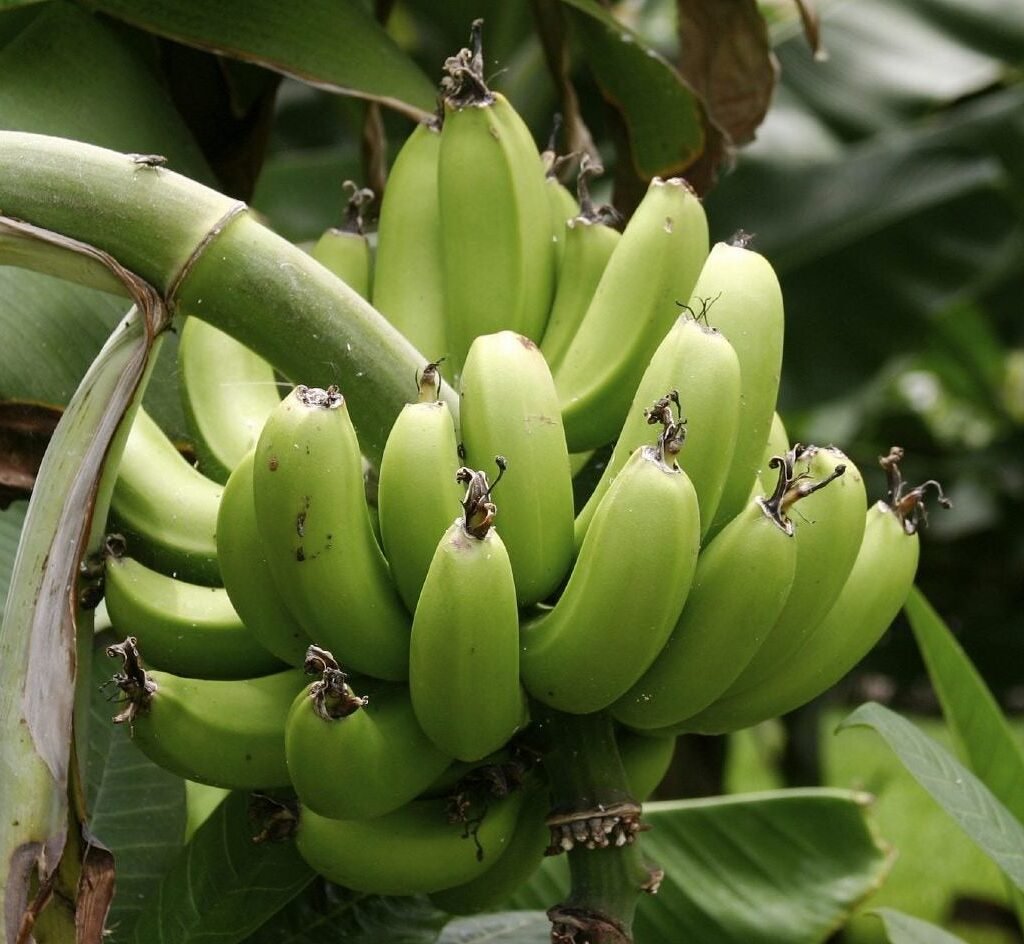
Plantains thrive best in warm, humid climates with temperatures between 25°C–30°C (77°F–86°F) and annual rainfall above 1000 mm. They require fertile, well-drained soil rich in organic matter. Clayey soils that retain water may cause root rot, while sandy soils may require frequent mulching and organic additions to maintain fertility.
Before planting, select a site that gets plenty of sunlight—at least six hours a day. Avoid low-lying areas where water stagnates, as plantains are sensitive to waterlogging.
2. Selecting the Right Suckers or Planting Materials
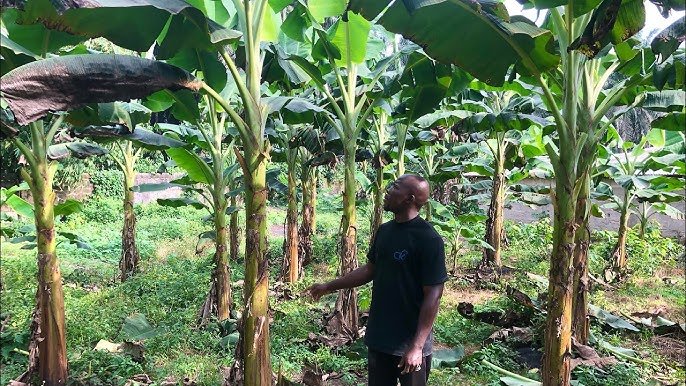
Good field management starts with high-quality planting materials. Plantain is propagated using suckers—small offshoots that grow from the base of a mature plant. There are three main types:
- Maiden suckers: Preferred for planting because they are young, vigorous, and have not yet produced a flower bud.
- Water suckers: Weak and less productive because they contain too much water and have small rhizomes.
- Sword suckers: Strong, healthy, and ideal for planting as they develop into productive plants quickly.
Before planting, always treat the suckers by trimming roots and outer layers, then soak them in a fungicide or boiling water for a few seconds to eliminate nematodes and weevils.
3. Proper Spacing and Field Layout
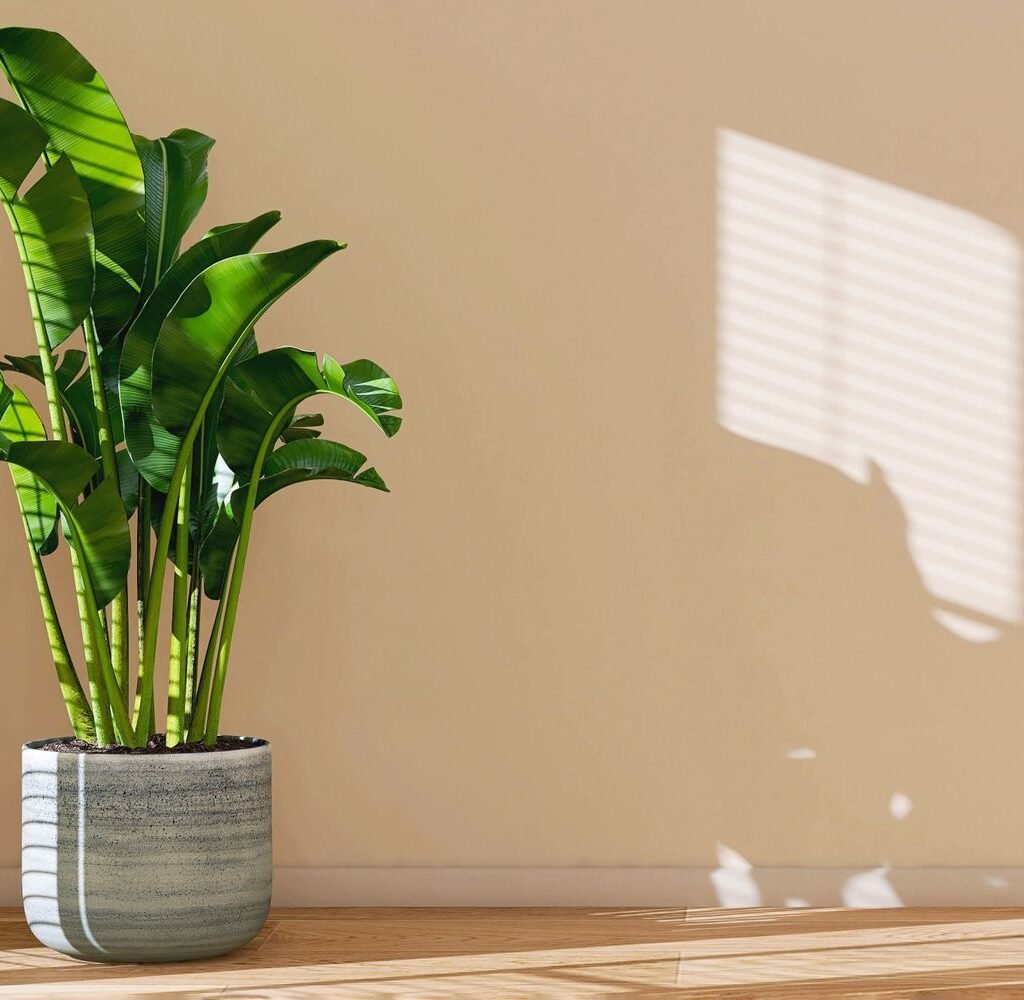
To manage your field effectively, proper spacing ensures that each plant receives adequate sunlight, nutrients, and airflow. Overcrowding can lead to competition for resources, smaller bunches, and higher disease incidence.
Recommended spacing:
- For small farms or home gardens: 3 meters x 3 meters (approximately 1100 plants per hectare).
- For commercial plantations: 2.5 meters x 2.5 meters (around 1600 plants per hectare).
Create neat rows to make it easier to weed, apply fertilizer, irrigate, and harvest.
4. Soil Preparation and Planting
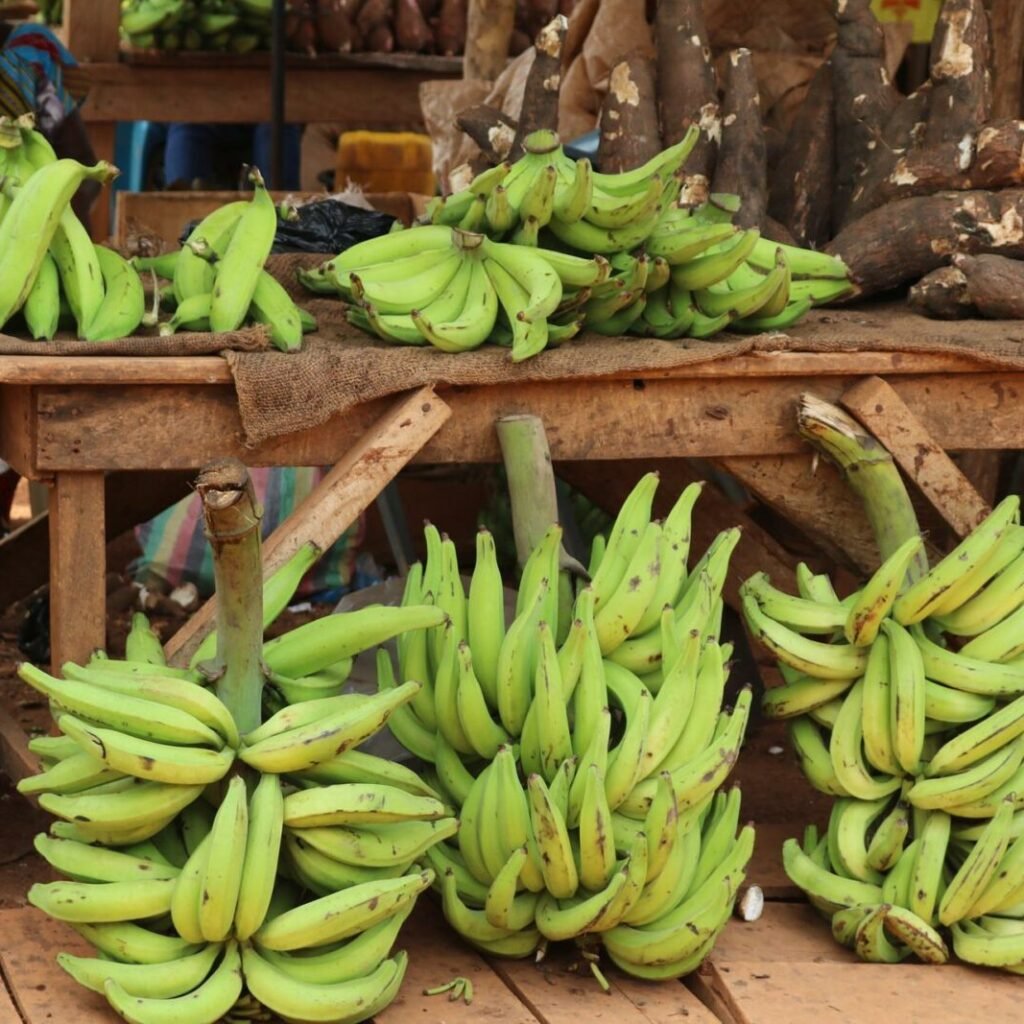
Start by clearing the land and removing weeds, stumps, and debris. Tillage should be shallow to avoid damaging soil structure. If your soil is poor, enrich it with organic matter such as compost or well-rotted manure before planting.
When planting:
- Dig a hole about 30–45 cm deep and wide enough to accommodate the sucker.
- Mix topsoil with manure and fill part of the hole.
- Place the sucker upright in the hole, ensuring the corm is just below ground level.
- Refill and compact gently around the base to prevent air pockets.
Water the newly planted suckers immediately to encourage root establishment.
5. Fertilization for Maximum Yield
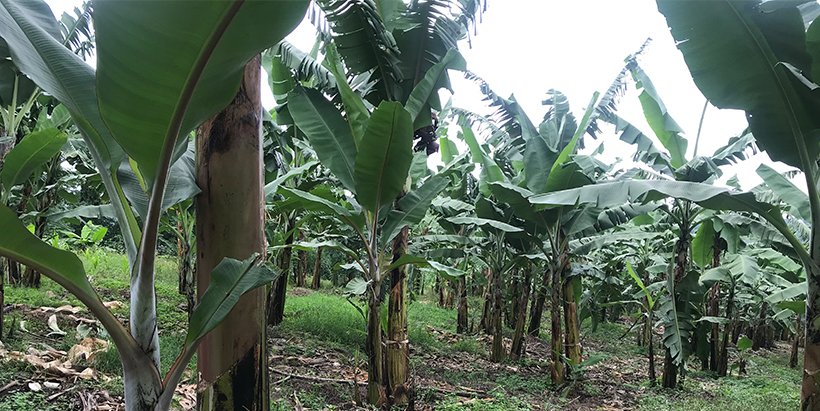
Plantains are heavy feeders and require nutrients throughout their growing season. Balanced nutrition ensures strong pseudostems, large leaves, and high-quality fruits.
Fertilization schedule:
- At planting: Apply 10–15 kg of well-rotted manure or compost per plant.
- Three months after planting: Apply a balanced NPK fertilizer (15:15:15) at a rate of 200–300 g per plant.
- Six months after planting: Add another dose of NPK fertilizer and supplement with potassium (K) for fruit development.
Organic options like banana peel compost, poultry manure, or liquid fertilizer teas can also boost productivity naturally while improving soil health.
6. Weed Management
Weeds compete with plantains for water, nutrients, and light. Uncontrolled weeds can reduce yield by up to 50%.
Effective weed control methods include:
- Mulching: Use dry grass, banana leaves, or sawdust to cover the soil. This suppresses weeds and conserves soil moisture.
- Manual weeding: Uproot weeds regularly using hoes or cutlasses, especially during the early growth stages.
- Cover crops: Planting leguminous cover crops like cowpea or mucuna can help control weeds and improve soil fertility through nitrogen fixation.
Avoid using herbicides excessively, as they can damage young plantain roots.
7. Water Management
Although plantains can survive short dry periods, they perform best with consistent moisture. Lack of water leads to stunted growth, poor fruit filling, and small bunches.
Irrigation tips:
- Drip irrigation: Provides water directly to the roots and reduces wastage.
- Mulching: Retains soil moisture and regulates temperature.
- Watering frequency: During dry seasons, water your plants 2–3 times per week depending on soil type and weather conditions.
Ensure good drainage to avoid waterlogging, which can cause root rot and other diseases.
8. Pest and Disease Control
Pests and diseases are major challenges in plantain production. Regular field monitoring helps you detect problems early and take preventive action.
Common pests include:
- Banana weevil (Cosmopolites sordidus): Bores into the corm and pseudostem, weakening the plant. Control by using clean suckers and trapping adult weevils.
- Nematodes: Attack the roots, reducing nutrient absorption. Control through hot water treatment of suckers and crop rotation.
Common diseases include:
- Black Sigatoka: A fungal disease that causes dark streaks on leaves, reducing photosynthesis. Control through pruning infected leaves and spraying with fungicides.
- Bacterial wilt: Spread by infected tools or insects; avoid by sterilizing farm tools and removing affected plants.
Healthy management practices like crop sanitation, proper spacing, and organic composting help strengthen plant resistance naturally.
9. Desuckering and Pruning
Plantains produce multiple suckers, but too many growing at once can reduce fruit size and yield. Effective desuckering—removing excess suckers—helps concentrate nutrients on the main plant.
Keep only 2–3 suckers at different growth stages:
- The mother plant (bearing fruit).
- A daughter sucker (next in line).
- A granddaughter sucker (for continuous production).
Prune dry leaves and old pseudostems after harvest to prevent pest buildup and allow sunlight to reach younger plants.
10. Harvesting and Post-Harvest Care
Plantains are ready for harvest 8–12 months after planting, depending on the variety and growing conditions. Harvest when the fruit fingers are well-filled but still green.
To harvest:
- Cut the entire bunch with a sharp knife or machete, leaving a short stalk attached.
- Handle bunches gently to avoid bruising.
- Store in a cool, shaded place or transport immediately to the market.
For longer storage, plantains can be ripened in controlled environments or processed into chips, flour, or other value-added products.
11. Field Maintenance for Continuous Productivity
After harvesting, continue to care for your field to ensure subsequent suckers grow vigorously. Remove old pseudostems and weeds, apply fresh mulch, and top-dress with compost or fertilizer. Rotate plantain fields every few years to maintain soil fertility and reduce pest buildup.
Intercropping with crops like cassava, maize, or groundnuts during the early stages can also help utilize space efficiently and improve soil structure.
12. Key Tips to Boost Plantain Field Production
- Always use disease-free planting material.
- Maintain optimal spacing and field hygiene.
- Apply both organic and inorganic fertilizers in the right proportions.
- Control weeds, pests, and diseases promptly.
- Irrigate during dry seasons to maintain moisture levels.
- Prune and desucker regularly for better bunch development.
- Replant only vigorous suckers for continuous production.
Conclusion
Managing a plantain field successfully goes beyond just planting and waiting for harvest. It’s a continuous process that involves attention to soil health, proper feeding, pest control, and consistent care. With these best practices, you can significantly boost your yield and ensure your plantation remains healthy and productive year after year.
Whether you’re growing plantains for family consumption or commercial sales, adopting good field management practices is the surest way to enjoy bigger, healthier, and more profitable harvests.
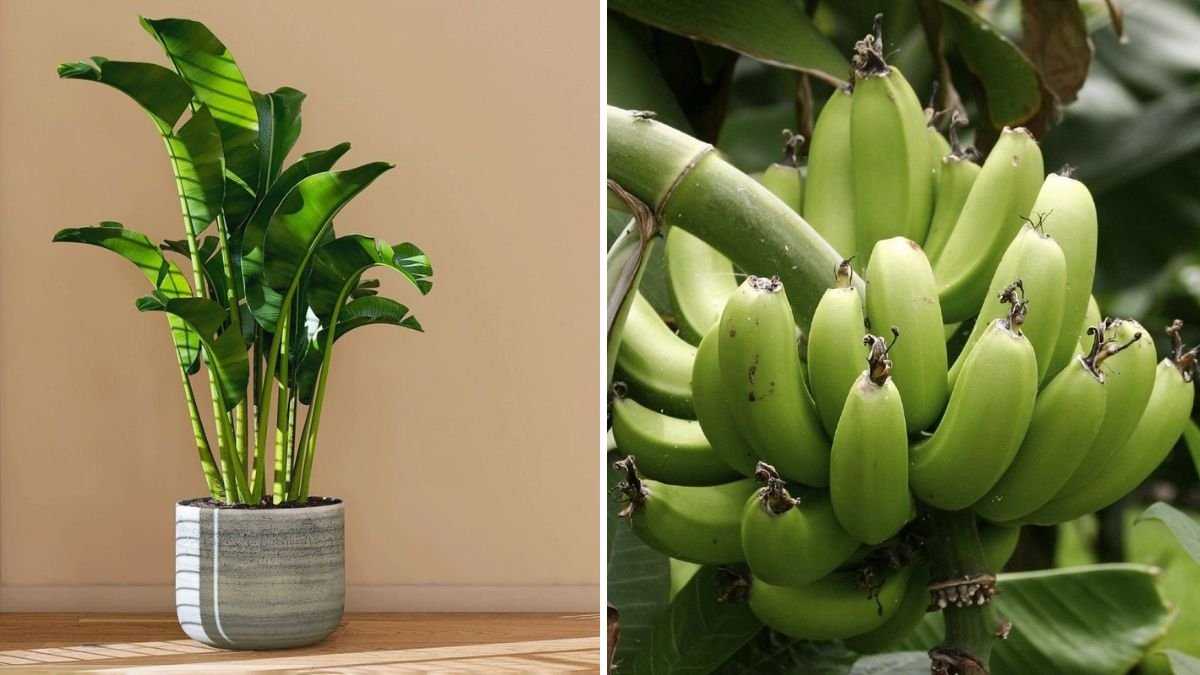
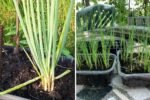
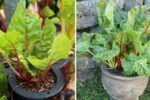
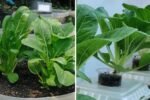
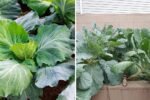
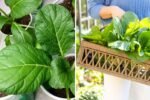
Leave A Comment